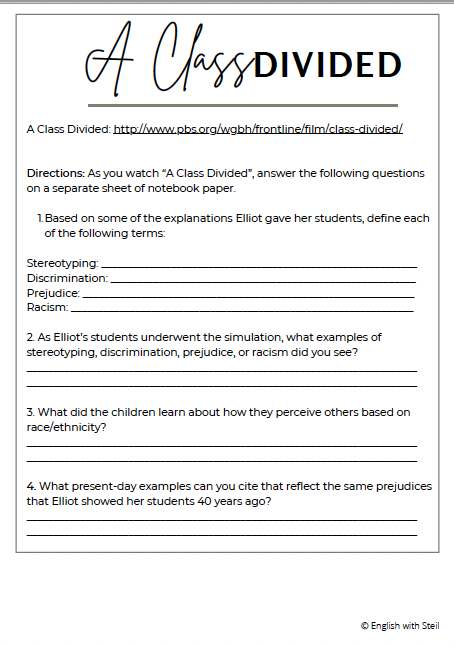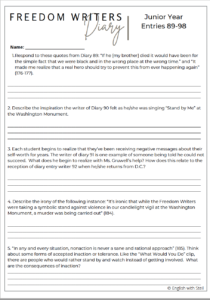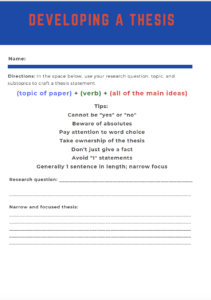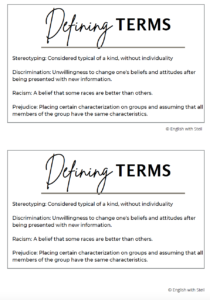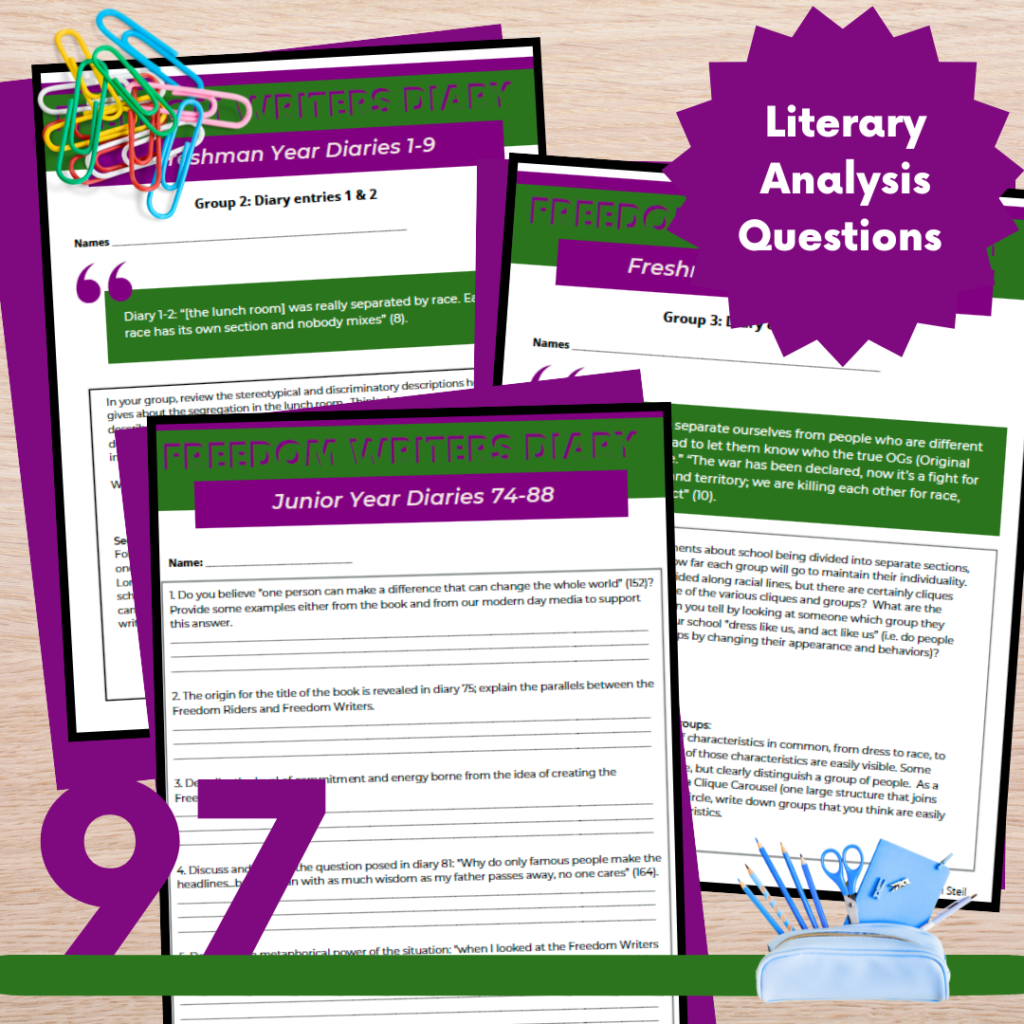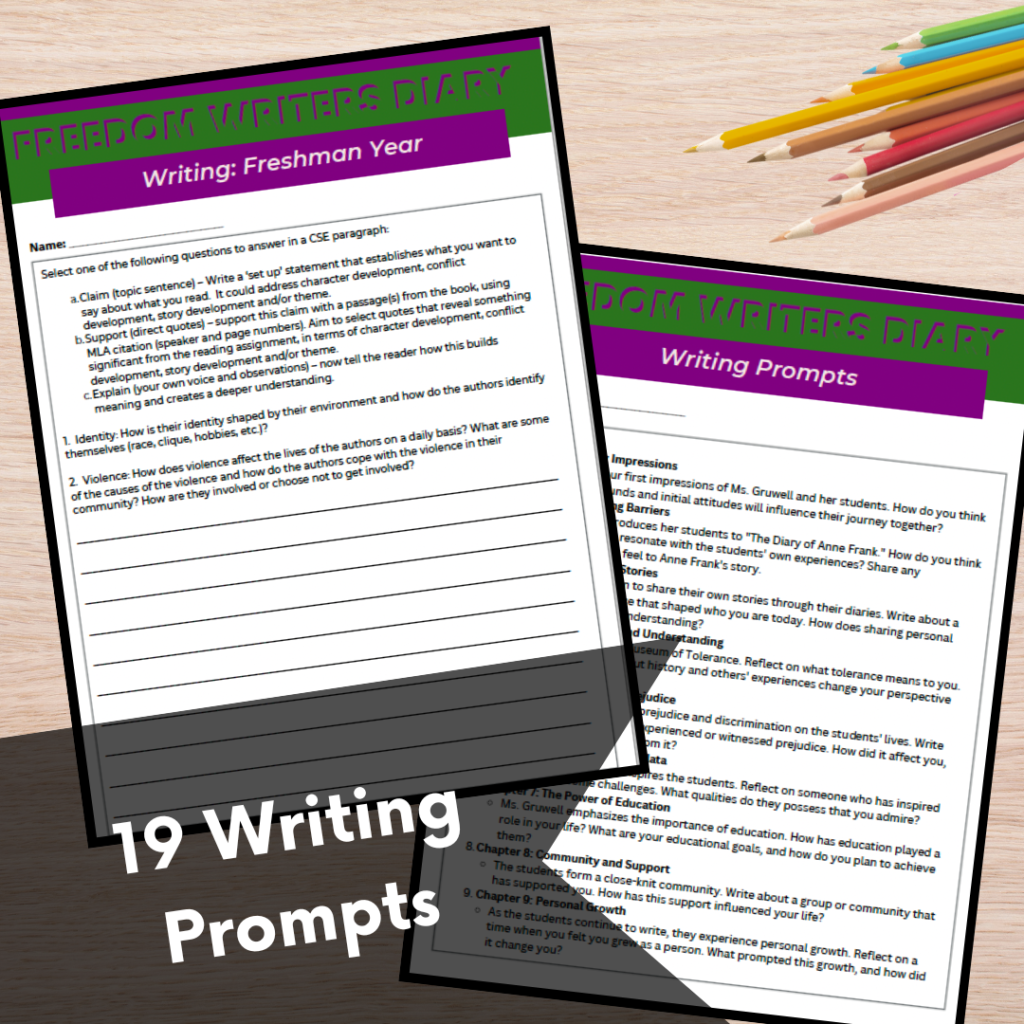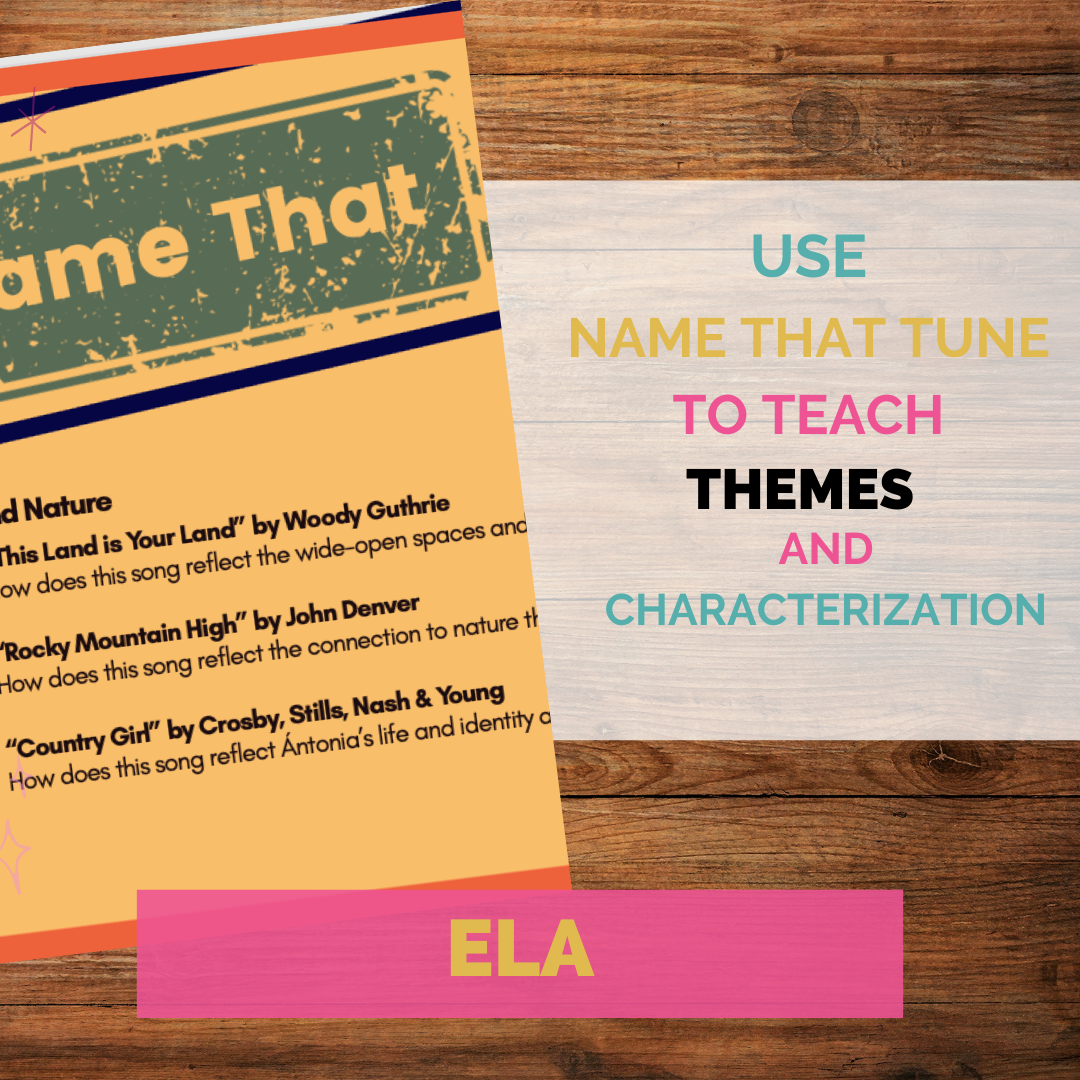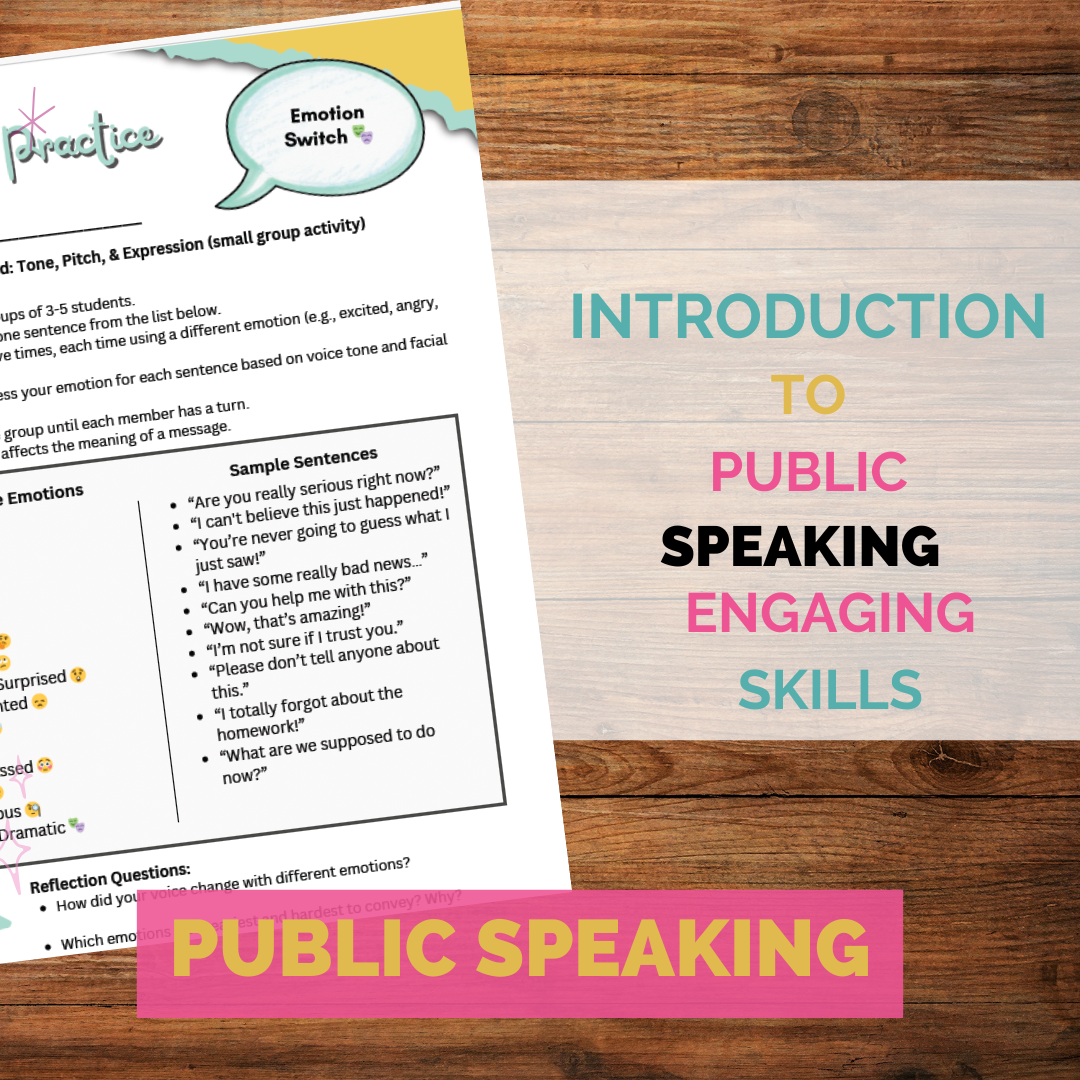The Freedom Writers Diary by Erin Gruwell and the Freedom Writers is a unique book that will certainly capture the hearts of students who read it in class. The book is a collection of diary entries from a group of high school students in Long Beach, California. These students, who were labeled as “unteachable,” were given a second chance by their teacher, Erin Gruwell. Through her determination and passion, she was able to inspire her students to see beyond their differences and connect through their shared experiences.
Why Students Enjoy Freedom Writers Diary
Another reason why students will enjoy The Freedom Writers Diary is the inspiring message of hope and perseverance. Through the stories of the students, readers will see that it is possible to overcome adversity and make a positive impact in the world. The book encourages readers to believe in themselves and their ability to make a difference, which is an important message for any student to hear.
Overall, The Freedom Writers Diary is a powerful book that has the potential to make a significant impact on students. Its relatable content and inspiring message make it a must-read for any classroom. By reading this book, students will not only improve their reading skills but also gain a deeper understanding of themselves and the world around them.
Themes in Freedom Writers Diary
The Freedom Writers Diary is a powerful and inspiring book that tells the story of a teacher and her students who overcame adversity through the power of writing. Here are the top 10 themes that are explored in the book:
- Racism and Prejudice: The book explores the experiences of the students, who come from diverse backgrounds and face discrimination and prejudice.
- Education and Empowerment: The teacher, Erin Gruwell, empowers her students through education and shows them that they have the power to change their own lives.
- Writing as Therapy: Writing becomes a powerful tool for the students to express their emotions and heal from their past traumas.
- Gang Violence: The students come from neighborhoods where gang violence is prevalent, and the book explores the devastating effects that this has on their lives.
- Family and Community: The book highlights the importance of family and community support in overcoming adversity.
- Identity and Self-Discovery: The students struggle with their identity and self-worth, and the book explores how they come to discover who they truly are.
- Courage and Resilience: The students show incredible courage and resilience in the face of adversity, and the book celebrates their strength.
- Hope and Inspiration: The book inspires hope and shows that anyone can overcome adversity and achieve their dreams.
- Cross-Cultural Understanding: The book explores the experiences of students from different cultural backgrounds and promotes cross-cultural understanding.
- Social Justice and Activism: The book inspires readers to take action against social injustice and work towards a more equitable society.
The Powerful Impact of Freedom Writers Diary
Freedom Writers Diary is a compelling memoir that details the experiences of a high school English teacher named Erin Gruwell and her students, who are predominantly from low-income families and are facing various forms of adversity. The book is a powerful example of how literary devices can be used to enhance storytelling and create a deeper connection between the readers and the characters.
One of the most prominent literary devices used in Freedom Writers Diary is symbolism. Throughout the book, various symbols are used to represent different concepts and ideas. For example, the name of the class, “Room 203,” is a symbol of the students’ isolation and marginalization from the rest of the school. Another example is the use of the “diary” as a symbol of self-expression and personal growth.
Another literary device used in the book is foreshadowing. Gruwell often hints at events that will happen later in the book, creating a sense of anticipation and suspense for the reader. For example, she foreshadows the conflict between two of her students, Eva and Sindy, by mentioning their tense relationship early on in the book.
Finally, the use of dialogue and dialect is another important literary device in Freedom Writers Diary. The book is written in a conversational style, with the students’ voices and experiences taking center stage. This helps to create a more personal and relatable connection between the reader and the characters, and also highlights the importance of language and communication in the students’ lives.
1. Setting the Stage: Context and Background
Before diving into the diary entries, it’s essential to provide students with some context. Discuss the historical and social background of the time period, as well as the challenges faced by the Freedom Writers.
Historical Context: Provide an overview of the 1990s, focusing on the social and racial tensions in Los Angeles. Discuss events like the Rodney King riots to help students understand the environment the Freedom Writers were living in.
Author Background: Introduce Erin Gruwell, the teacher who inspired her students to write their stories. Share her teaching philosophy and the innovative methods she used to connect with her students.
2. Engaging with the Text: Reading and Discussion Strategies
Encouraging students to actively engage with the text is crucial. Here are some strategies to enhance their reading experience:
Journaling: Have students keep their own diaries as they read. Encourage them to reflect on the entries and relate the experiences of the Freedom Writers to their own lives.
Discussion Circles: Create small discussion groups where students can share their thoughts and reactions. Use open-ended questions to facilitate deep conversations about the themes and issues presented in the diary entries.
Role-Playing: Assign students different roles from the book and have them act out key scenes. This helps them empathize with the characters and understand their perspectives more deeply.
3. Connecting to Broader Themes
“The Freedom Writers Diary” touches on many universal themes that can be explored further:
Resilience and Overcoming Adversity: Discuss how the students overcame their personal challenges and what factors contributed to their resilience. Encourage students to think about how they can apply these lessons to their own lives.
Diversity and Acceptance: Explore the diverse backgrounds of the Freedom Writers and discuss the importance of acceptance and understanding in a multicultural society.
The Power of Education: Highlight how education and writing empowered the Freedom Writers to change their lives. Discuss the role of teachers and the impact they can have on their students’ lives.
4. Creative Assignments and Projects
To make the learning experience more dynamic, incorporate creative assignments and projects:
Diary Entries: Have students write their own diary entries, inspired by the format of the book. This can help them express their thoughts and feelings in a personal and meaningful way.
Multimedia Projects: Encourage students to create multimedia presentations, such as videos or photo essays, that explore the themes of the book. This allows them to use their creativity and technological skills to deepen their understanding.
Community Service Projects: Inspired by the Freedom Writers’ desire to make a difference, organize a class project that involves community service. This can help students connect their learning to real-world actions and impact.
5. Integrating Other Resources
Supplement the book with additional resources to enhance students’ learning:
Documentary and Film: Show clips from the “Freedom Writers” movie or documentaries about the Freedom Writers and Erin Gruwell. Discuss how the film adaptation compares to the book and what new insights it provides.
Guest Speakers: If possible, invite guest speakers who have overcome similar challenges or who work in fields related to the book’s themes. Their real-life experiences can provide valuable perspectives.
6. Reflecting and Sharing
At the end of the unit, create opportunities for reflection and sharing:
Class Discussions: Hold a final discussion where students can share their overall reflections on the book and what they have learned.
Presentation Day: Organize a presentation day where students can showcase their projects and share their diary entries with the class. This can be a powerful way to celebrate their learning and growth.

In conclusion, Freedom Writers Diary is a powerful example of how literary devices can be used to enhance storytelling and create a deeper connection between the readers and the characters. Through the use of symbolism, foreshadowing, dialogue, and dialect, the book is able to capture the struggles and triumphs of a group of students who are often overlooked and marginalized.
Teaching “The Freedom Writers Diary” is more than just an academic exercise; it’s an opportunity to inspire and empower students. By using these strategies and ideas, you can create a dynamic and engaging learning experience that will leave a lasting impact on your students. Let’s help them discover the power of their own voices and the importance of empathy, resilience, and social justice. Happy teaching!

